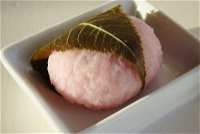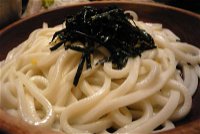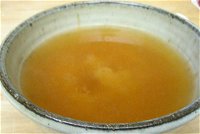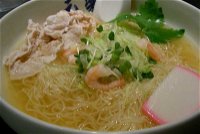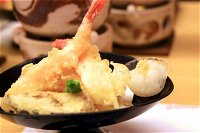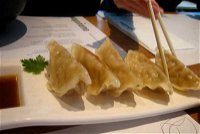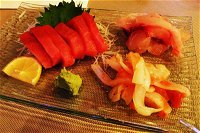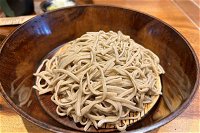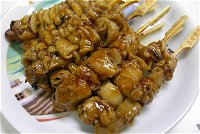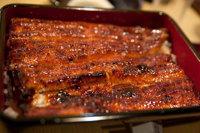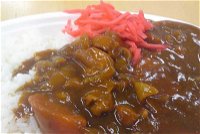
Tabemono o Arigato Trivia Quiz
Thank You For This [Japanese] food
Japanese cuisine is unique, complex and visually appealing. However, the basis of such a wonderful cuisine is simple and fresh ingredients. Your mission is to match the photo of each basic dish to its Japanese name. Ganbatte! (Good Luck!)
by 1nn1.
Estimated time: 3 mins.
